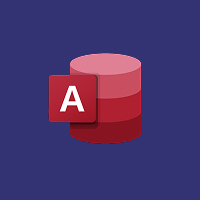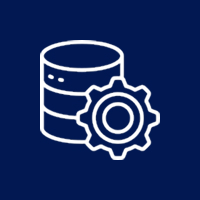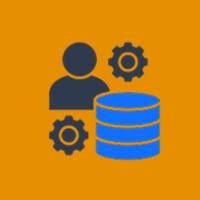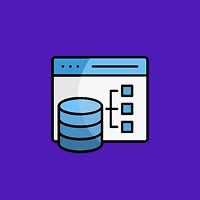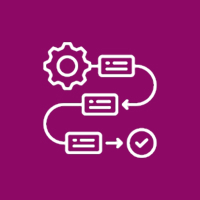In this modern environment focused on data-driven decision, organizations are producing enormous amounts of data every second. The insights from this data can only be extracted with great tools, and Python has emerged as one of the most popular and effective programming languages for Big Data Analytics. Python is effective when working with huge amounts of data since it is simple to learn, extremely versatile, and has an extensive ecosystem of libraries.
Why Python for Big Data Analytics?
There are several significant factors that enhance Python’s position in the field of data analytics:
Ease of Use and Readability
Python’s clear and seamless syntax allows data analysts and developers alike to quickly prototype and implement analytical models.
Library Support
Python has some powerful libraries and frameworks specifically defined to facilitate complex data operations. Some of the most popular libraries of use to data professionals include the following:
- NumPy for numerical directions
- Pandas for data manipulation and cleaning
- Matplotlib and Seaborn for visualizing your data
- PySpark and Dask for distributed big data processing
Integration with Big Data Tools
Python uses major Big Data frameworks such as Apache Hadoop, Spark, and Hive seamlessly, which makes it a preferred and attractive language for data engineers and data analysts working in a large data ecosystem.
Scalability and Performance
With frameworks like PySpark, Python can handle massive datasets across distributed systems. This allows it to scale effectively for enterprise-level data processing and analytics.
Major Python Libraries for Big Data Analytics
Pandas
The best solution for data wrangling, Pandas makes filtering, merging, and aggregating large sets of data simple through DataFrame objects, which can be seen as analogous to a great deal like a database for analyzing data.
NumPy
Provides support for large multi-dimensional arrays and matrices and is useful for efficient data computations, numerical computations that drive data analysis and machine learning processes.
PySpark
PySpark is the Python API for Apache Spark, a tool that enables Python developers to process big data in parallel across distributed clusters. Using PySpark gives you both speed and scale.
Dask
Dask enables parallel computing in Python and works well with large data sets that contain data that do not fit into memory. It is often used to scale up to Pandas workflows.
Matplotlib and Seaborn
The visualization libraries will allow building charts and graphs that convey meaning with raw data, making the insights easier to convey.
Scikit-learn
Scikit-learn offers you data-preprocessing, classification, regression, and clustering capabilities, which are all powerful tools for predictive analytics and machine learning on big data.
Uses of Python in Big Data Analytics
Cleaning and Transforming Data
The first step in data analysis is cleaning and structuring the data for analysis. This process is supported by Python libraries, such as Pandas and NumPy.
Exploratory Data Analysis (EDA)
Python offers visualization libraries, like Matplotlib and Seaborn, to help you find hidden patterns, trends, and anomalies in the data.
Streaming Data Processing
Python can also work with streaming systems, like Apache Kafka, to allow you to analyze and react to streaming data in real-time.
Predictive Analytics and Machine Learning
Python is widely used to build models that can predict outputs and identify future trends. Python libraries for machine learning, such as Scikit-learn, TensorFlow, and PyTorch, support working with big data.
Data Visualization and Reporting
Using Python tools (for example, Plotly or Dash) to quickly visualize your data to build dashboards and reports now provides a way for stakeholders to make decisions quickly based on data.
Best Practices for Python Big Data Projects
- Optimize Memory Usage: Use chunked data loading and generators to effectively process large datasets.
- Utilize Parallel Processing: Use tools like PySpark or Dask whenever possible for distributed computing.
- Automate Pipelines: Use workflow tools like Airflow to streamline the data ingestion and transformation process.
- Provide Secure Data Management: Encrypt sensitive information, and manage secure access to what you are processing.
- Provide Versioned Documentation: Consistently maintain documentation and version control, as reproducibility is important is these types of projects.
Wrap Up
Python has successfully established itself as a fundamental technology in Big Data Analytics. Its simplicity, flexibility and powerful libraries have made it an essential tool to handle large datasets and provide actionable insights. By leveraging Python’s data processing, data visualization and machine learning capabilities, organizations can convert raw data into strategic value to foster innovation and more educated decision making across industries.
Contact Us Today



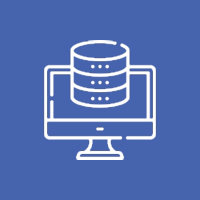





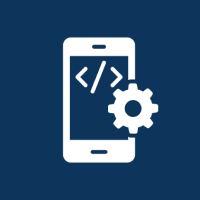



 Database Development
Database Development




